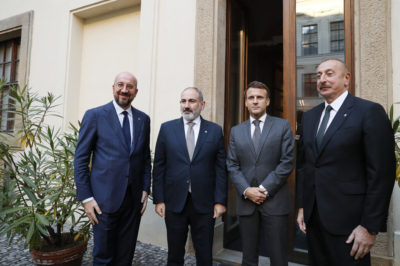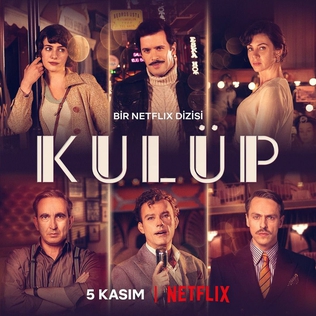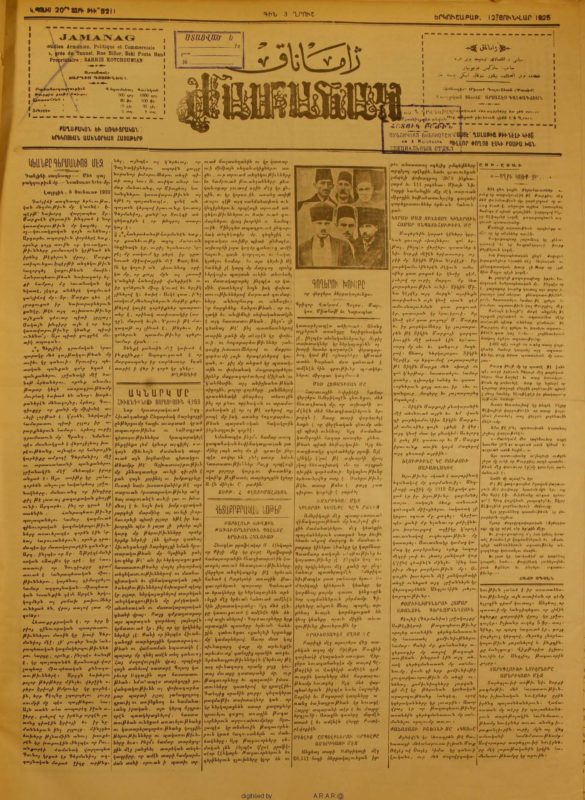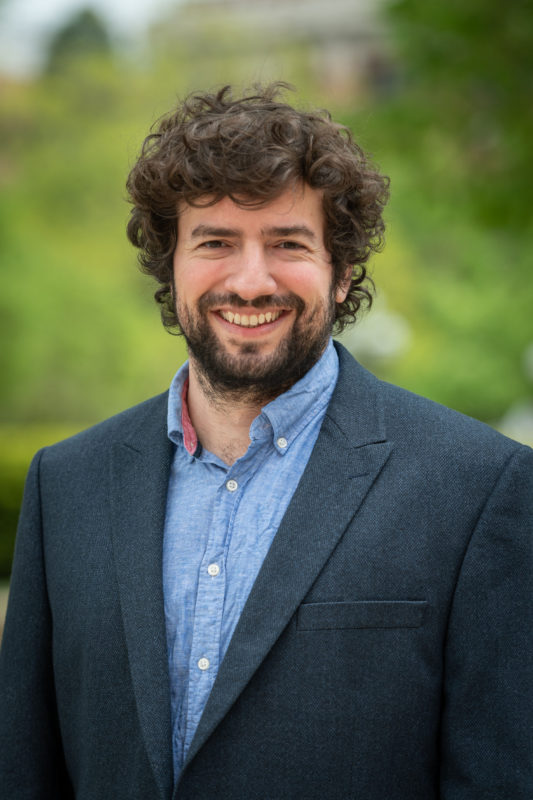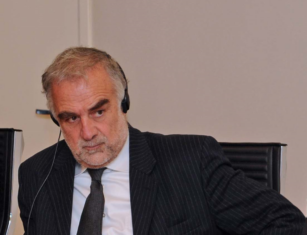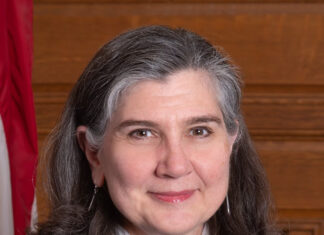By Ari Şekeryan
Special to the Mirror-Spectator
Released in November 2021, the Netflix miniseries “The Club” has had repercussions in Turkey and worldwide. The series features turbulent and violent episodes from the early Turkish Republic, targeting non-Muslim communities including Armenians, Greeks and Jews in Istanbul. “The Club” focuses on the life of a Sephardic Jew, Matilda Aseo, daughter of a once wealthy Jewish family in Istanbul who lost their entire fortune in 1942, when the Turkish government imposed a Wealth Tax Law. The miniseries shows how Matilda and her family suffered, from this law, from the pogroms of September 1955, and from the regime’s nationalist policies.
Critics and scholars found the miniseries “valuable,” “unconventional,” and “an important step” to revisit Turkey’s past and (more importantly) towards “facing history.” Yet the show has not gone unquestioned. Two points stand out: first, Tasula conforms to a stereotype of “unchaste” Greek women as sexually available. The use of this stereotype is inconvenient. Secondly, the closing sequence has been found wanting: under the roof of the ‘club’ we see a family portrait, happy Turkish citizens, people who chose to stay. It crowds out the reality of those who suffered.
I concur with these critics. However, such criticism should not lessen the impact this mini-series brought to wider domestic and international society. Setting aside the international community’s ignorance about treatment of non-Muslim communities in early Turkish Republic years, most in Turkish society had no information about these violent episodes. This miniseries opens the unwelcome pages of not-so-distant history, exposing millions to Turkey’s historical amnesia. (Netflix has over 200 million subscribers worldwide, including 3 million in Turkey.)
So, a question comes to my mind: is ignorance about the plight of non-Muslim communities in Turkey peculiar to wider society and non-academic circles? No. With scant exception, scholars too have failed to pay attention to these episodes, whether in research or analysis.
